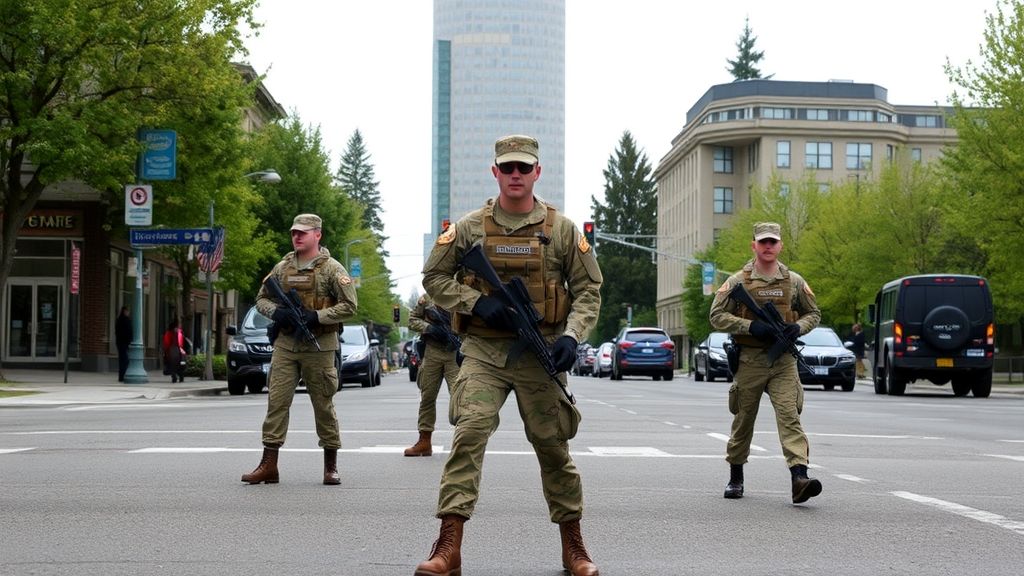The ongoing conflict in the Middle East has taken a significant turn today as reports emerge of Hamas agreeing to key aspects of a peace plan, paving the way for a potential hostage release. This development, if solidified, could represent a crucial step towards de-escalation and the alleviation of immense human suffering. As the world watches with bated breath, understanding the nuances of this agreement and its potential implications is paramount.
Understanding the Reported Hamas Agreement
The specifics of Hamas’s agreement are still being clarified, but initial reports suggest a willingness to engage with elements of a broader peace initiative, reportedly influenced by proposals previously outlined by former President Donald Trump. While the precise details are subject to ongoing diplomatic discussions and are not yet publicly confirmed in their entirety by all parties, the reported acceptance of certain foundational principles marks a potential breakthrough. This could encompass a phased approach to hostage exchanges, potentially linking releases to prisoner swaps and further ceasefire negotiations.
The significance of such an agreement lies in its potential to break a protracted cycle of violence and despair. For the families of the hostages, this news, however tentative, offers a glimmer of hope after months of agonizing uncertainty. For the wider region and the international community, it presents an opportunity to pivot towards a more stable and humane future.
The Path Forward: Challenges and Opportunities
While the reported agreement is a positive development, the road ahead is fraught with challenges. Historical mistrust between the parties, the complex political landscape within both Israel and Palestinian territories, and the involvement of various international actors all contribute to a delicate diplomatic environment.
Key Considerations for a Sustainable Peace:
Phased Implementation: A successful hostage release will likely depend on a meticulously pla
ed, phased approach. This would involve clear benchmarks and verification mechanisms to ensure each stage of the agreement is met. For instance, a first phase might see the release of a specific number of hostages in exchange for a defined number of Palestinian prisoners, coupled with a temporary cessation of hostilities.
International Guarantees and Oversight: To foster trust and ensure accountability, robust international involvement will be crucial. This could involve third-party mediators actively monitoring the implementation of any agreement and providing security assurances. The involvement of organizations like the United Nations or regional powers could lend significant weight to the process.
Addressing Root Causes: A sustainable peace ca
ot be built solely on hostage and prisoner exchanges. This agreement, while a critical immediate step, must be viewed as a precursor to addressing the deeper, underlying issues that fuel the conflict. This includes discussions on long-term security arrangements, humanitarian aid, and the political aspirations of both Israelis and Palestinians.
Public Opinion and Political Will: Gaining and maintaining public support on both sides will be vital. Political leaders will need to navigate internal pressures and demonstrate a clear commitment to peace, even in the face of potential setbacks. Examples from past peace processes highlight the importance of strong leadership and consistent communication to build public confidence.
The inclusion of elements from proposals, such as those attributed to former President Trump, suggests a potential willingness to explore a pragmatic framework for negotiation. While the specifics of any such plan are subject to intense scrutiny and negotiation, the reported ope
ess from Hamas to engage with certain principles could indicate a shift in their stance, driven perhaps by the immense pressure of the ongoing humanitarian crisis.
Actionable Insights for Stakeholders
For policymakers, humanitarian organizations, and the international community, this reported development calls for renewed and intensified diplomatic efforts.
Diplomatic Engagement: Maintain open cha
els of communication with all relevant parties. Actively support mediation efforts and provide platforms for dialogue.
Humanitarian Assistance: Scale up humanitarian aid to Gaza, ensuring it reaches those most in need. This includes medical supplies, food, and shelter.
De-escalation Messaging: Publicly and privately advocate for de-escalation and a peaceful resolution. Counter misinformation and promote narratives of hope and reconciliation.
Long-Term Vision: Begin laying the groundwork for post-conflict reconstruction and development. This includes pla
ing for economic recovery, infrastructure rebuilding, and psychosocial support.
The journey from agreement to lasting peace is long and arduous, but the current developments offer a critical opportunity to begin that journey. The focus now must be on translating this potential agreement into concrete actions that prioritize human life and pave the way for a more secure and prosperous future for all in the region.
Conclusion
The news of Hamas’s potential agreement to parts of a peace plan, leading to preparations for hostage release, represents a moment of cautious optimism in a region long scarred by conflict. While significant hurdles remain, this development underscores the enduring power of diplomacy and the universal desire for an end to suffering. As the world watches and hopes, the focus must now shift to the meticulous and committed implementation of any agreed-upon steps, laying the foundation for a more peaceful and stable future. The coming days and weeks will be crucial in determining whether this tentative step forward can evolve into a lasting pathway towards resolution.



